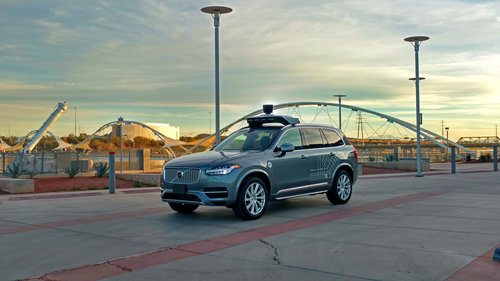Last you heard of Uber on this site was after the fatal crash that killed a woman in Arizona. Since that tragic story, there have been several developments for Uber and its autonomous tech program that are probably worth touching on.
First, the Arizona governor Douglas Ducey suddenly decided that his first priority is public safety and sent a letter to Uber suspending their license to test and operate autonomous vehicles in the state. One might argue that giving unregulated, unmonitored rights to a company hurtling three ton death machines around public roads with other drivers and unpredictable pedestrians was not placing public safety first, but hey, we all make mistakes, right? Just some of our mistakes don’t wind up with people dying. Uber voluntarily suspended its programs in California, Pittsburgh and Toronto as well, which is a good PR move since it probably wouldn’t be voluntary for too long.
Shortly after the incident, Uber’s partners and suppliers were quick to wash their hands of responsibility, promptly throwing the ride sharing business under the bus. First, MobilEye, the manufacturer of the LiDAR system insisted that its cameras would undoubtedly have seen the pedestrian, but that it was Uber’s software, responsible for interpreting what the camera sees and computing a corresponding input into the car’s drive, that was to blame. A representative for Aptiv PLC, the supplier who provides the radar technology systems for Volvo, chirped up that all of the XC90’s safety systems that it comes with from the factory had been turned off and that the emergency braking system might have enabled the car to stop or at least slow before impact.
Finally for Uber, what I expected to be a prolonged battle in the courts over liability and one that might set a precedent for how future cases was handled, turned out to be a very quick settlement. Terms of the settlement were not disclosed and the attorney for the family of the deceased insisted that her daughter would have no further public comment. That they settled the matter less than a month after the fatality really goes to show how aggressive Uber must have been in trying to sweep this matter under the rug. While the news cycle does tend to bounce from outrage to outrage, I think those of us with a deep interest in the automotive sector will have longer memories. The only good to come from this is that everyone is now taking a very serious look at just how safe it is to publicly test technology in its infancy.
Authored by
Devlin Riggs

















